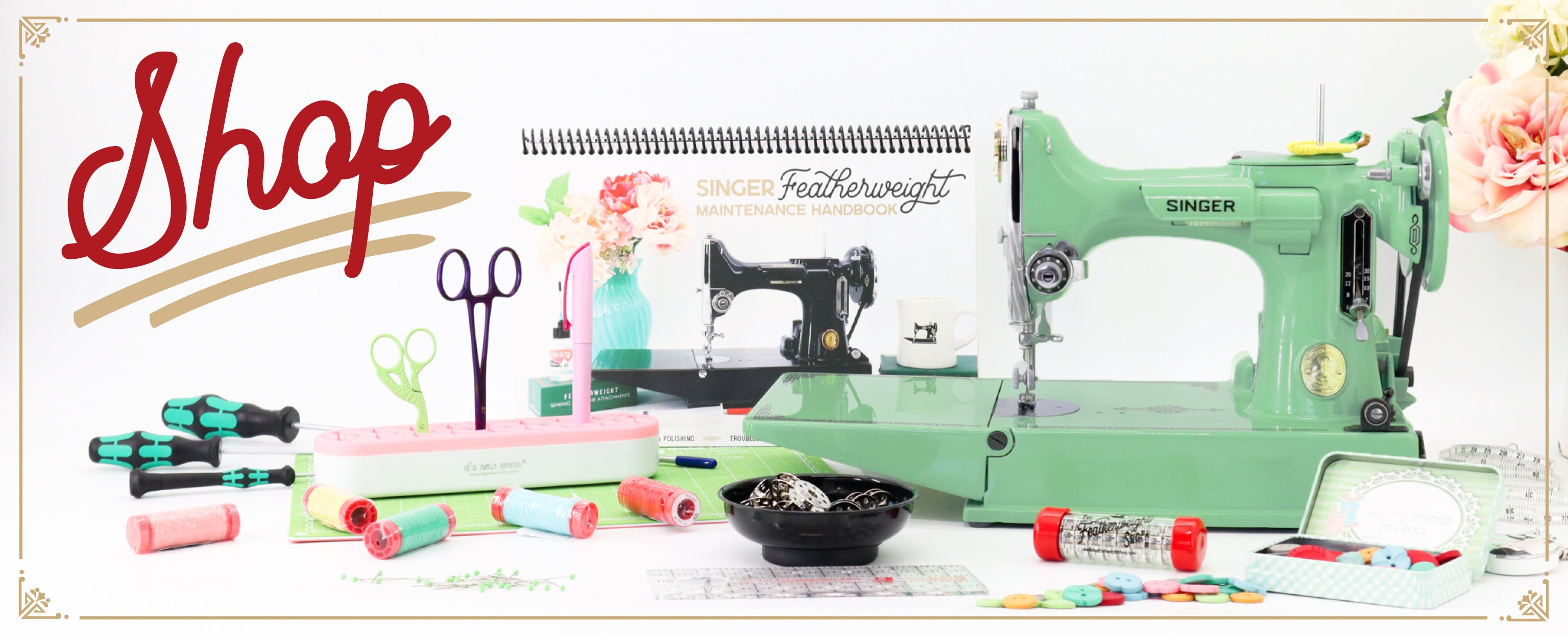Singer Featherweight
Schoolhouse
Categories
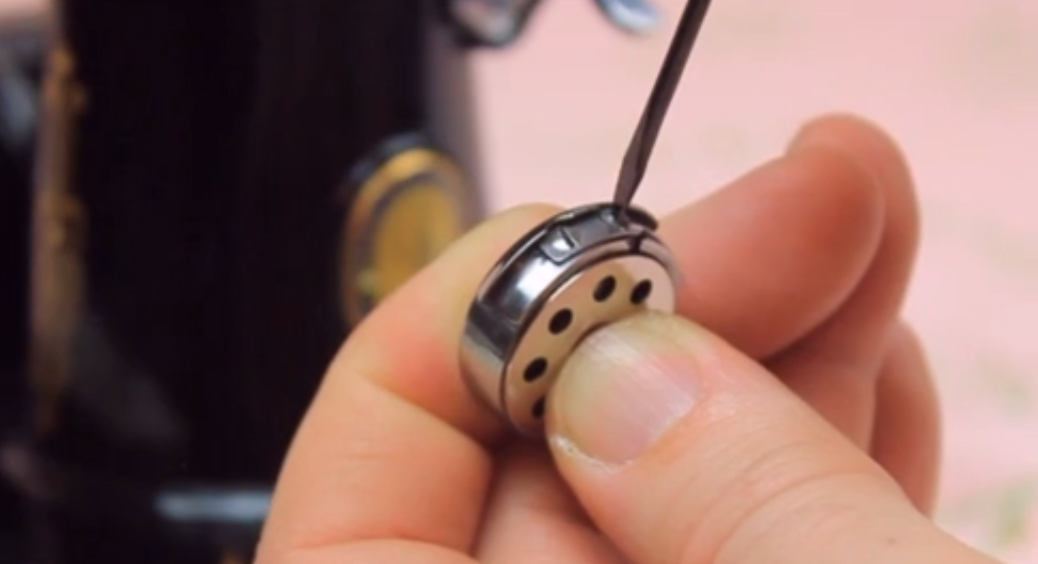
How to Adjust Tension on a Singer Featherweight
Learn how to easily and properly adjust the upper tension as well as the bobbin case tension on your Singer Featherweight 221 and 222. Below is a transcript of the video above. If you have any questions, do not hesitate to contact me. I am happy to assist anytime. If the video was helpful for ...
Read More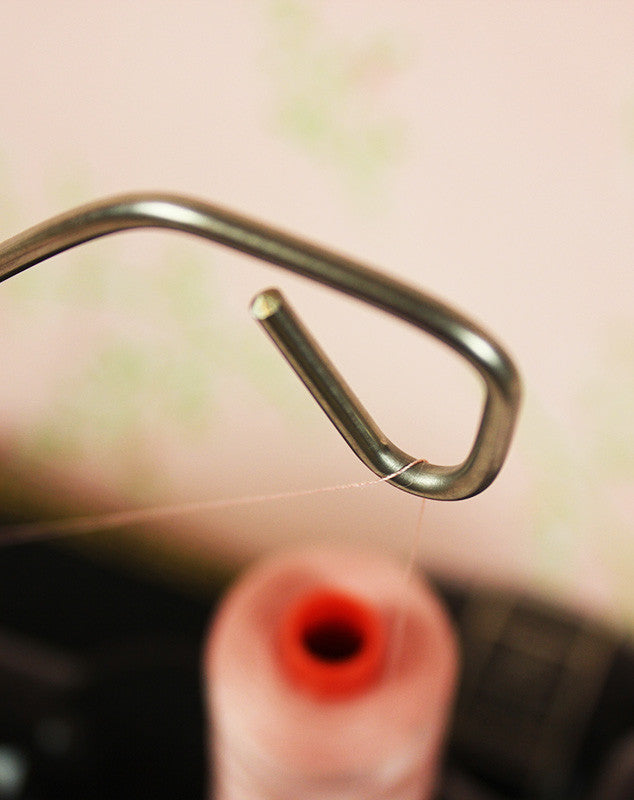
The Importance of a Thread Stand on a Singer Featherweight
Learn about the various types of thread spools and why a Thread Stand is important for proper tension on a Singer Featherweight! In the original days of the Featherweight, the only thread spools available were the wooden "stacked" spools, designed to spin as the thread was gently pulled strai...
Read More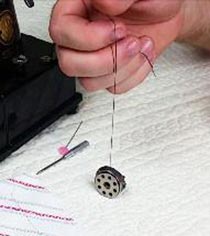
How to Clean Under the Bobbin Case Spring
This is just a quick video we made for a customer who had questions about the bobbin case tension. This tutorial will help teach you how to clean lint out from under the bobbin case spring with a pin as well as how to do the bobbin case "yo-yo" test. This test is not foolproof and can sometimes v...
Read More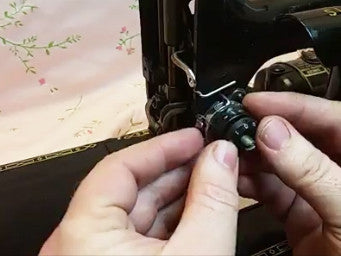
How to Disassemble and Reassemble the Tension Unit
This video tutorial was made kind of spur of the moment, but it has been quite helpful on the Singer Featherweight group on Facebook. Learn how to easily disassemble, clean and reassemble the Singer Featherweight 221 and 222K Tension Unit.
Read More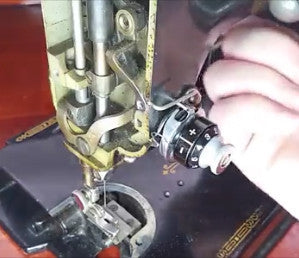
How to Align the +/- Indicator Ring on the Tension Unit
This quick video will show you how to make a tension unit post adjustment. If the +/- indicator ring at the top of your tension unit is sitting a bit off center on your Singer Featherweight 221 or 222K, then this tutorial will walk you through the steps for how to get it properly aligned again.
Read More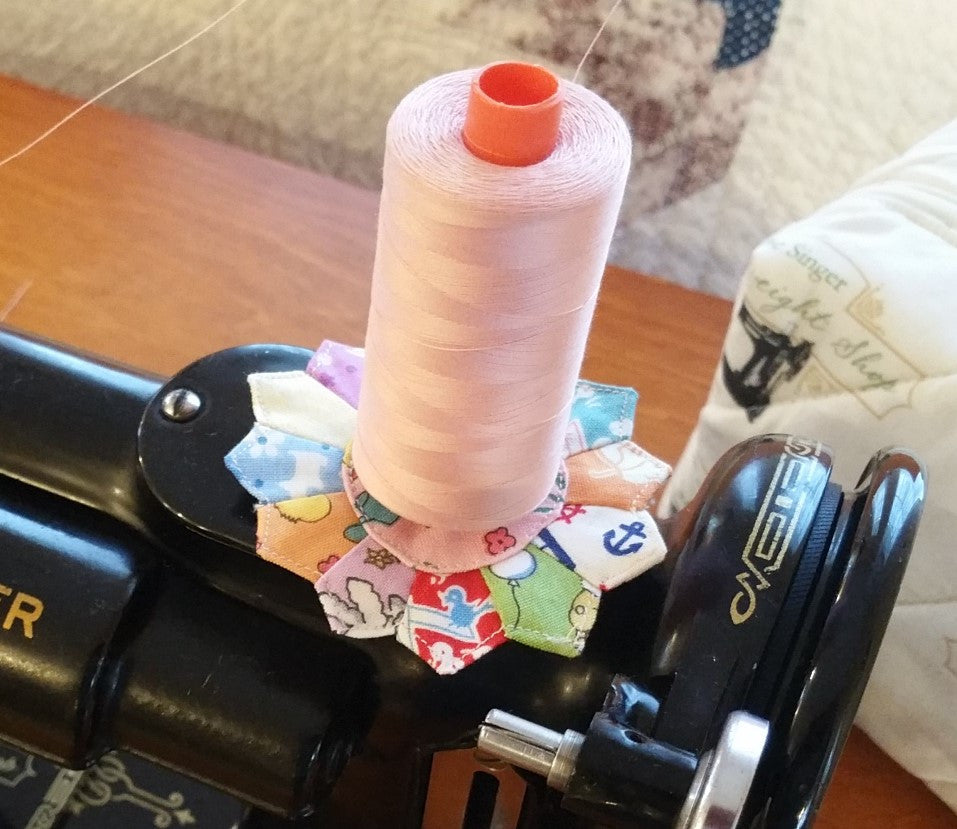
How Thread Affects Maintenance, Upper Tension & Bobbin Tension
Hello everyone, Carmon here. There has been a lot of discussion about thread brands the last couple of days on our Singer Featherweight 221 & 222K Sewing Machines Facebook group so I thought I would weigh in. As a teacher of Featherweight Maintenance Classes and Workshops, and the owner of T...
Read More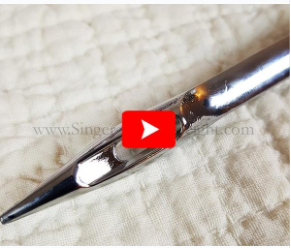
The Giant Schmetz Needle Tutorial
Using a giant needle as an example in the video far below, you will learn the various parts of a needle, as well as the importance of having a smoothly finished eye. One of our favorite needles to recommend is a Microtex Schmetz. They're sharp and they pierce exactly at the point of fabric ent...
Read More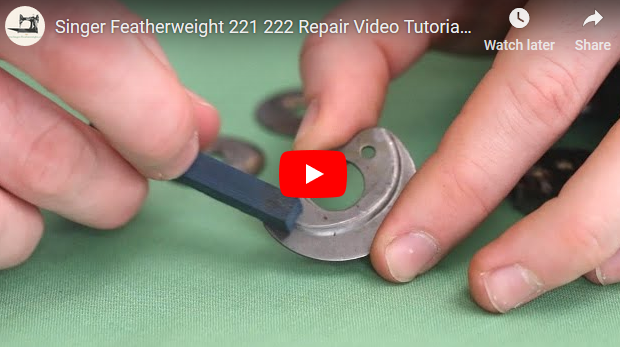
How to Smooth a Burr or Rust Spot on Hook Assembly, Tension Disks, etc.
Watch Video Tutorial below . . . Is your machine skipping stitches and you've tried every possible troubleshooting suggestion? Do you feel a small burr on your machine's hook assembly or or loop guard? Do you see a rusty corroded spot or two on the tension disks? Well, this simple but useful ...
Read More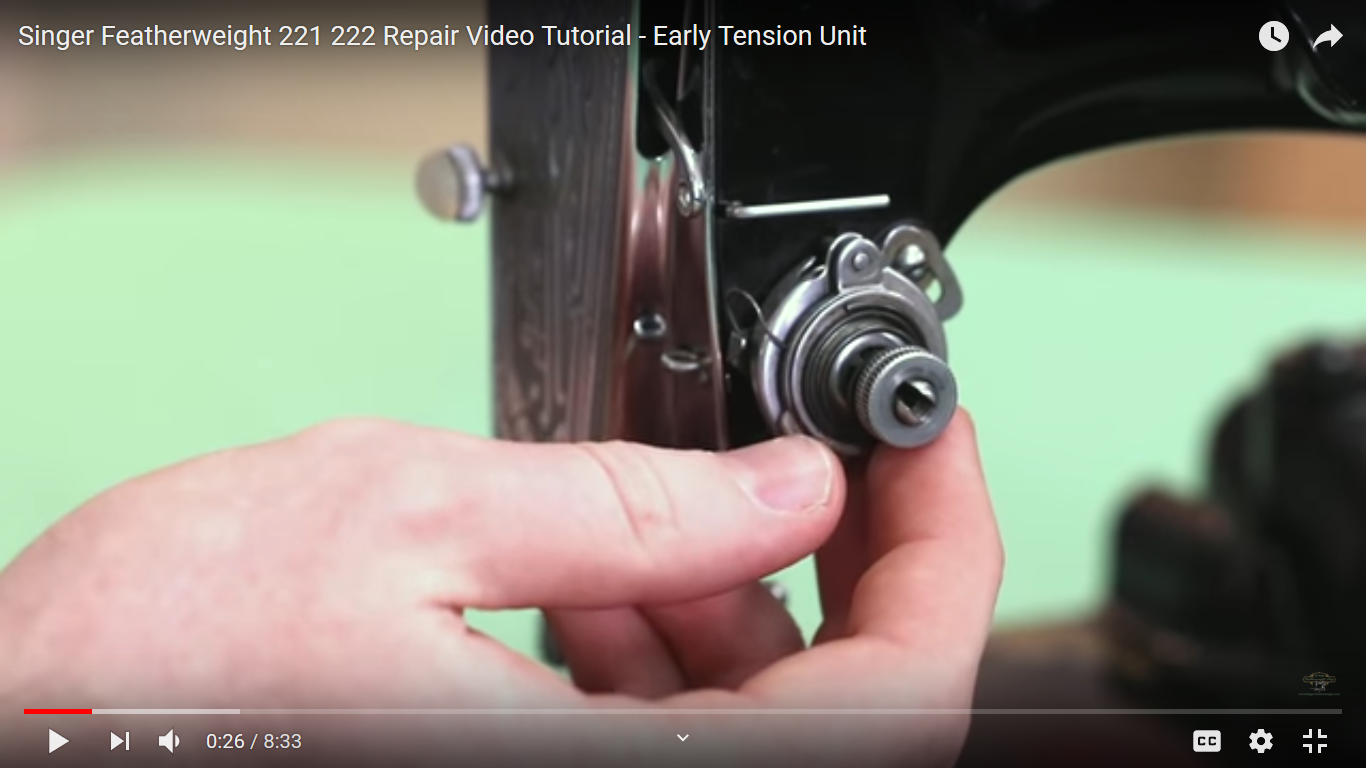
How to Adjust Tension on an Early Singer Featherweight Model
Learn how to easily and properly adjust the upper tension as well as completely disassemble and reassemble the tension unit on an early non-numbered old style tension unit. This style is from the very early days of the Singer Featherweight 221. Christian will walk you through each step showing y...
Read More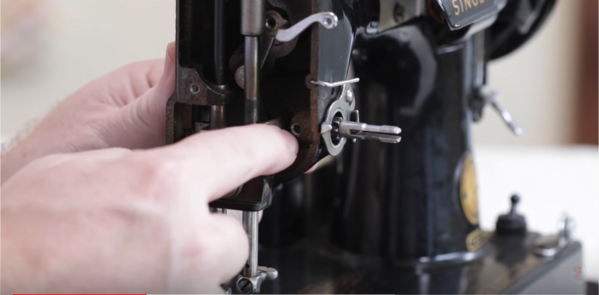
Tension Unit Post Removal Tutorial
Learn how to properly remove the Tension Unit Post or stud in this step-by-step video tutorial by Carmon Henry from The Featherweight Shop. The transcript of the video tutorial, as well as all products needed to follow along are below. Please contact us with any questions or comments. Enjoy! ...
Read More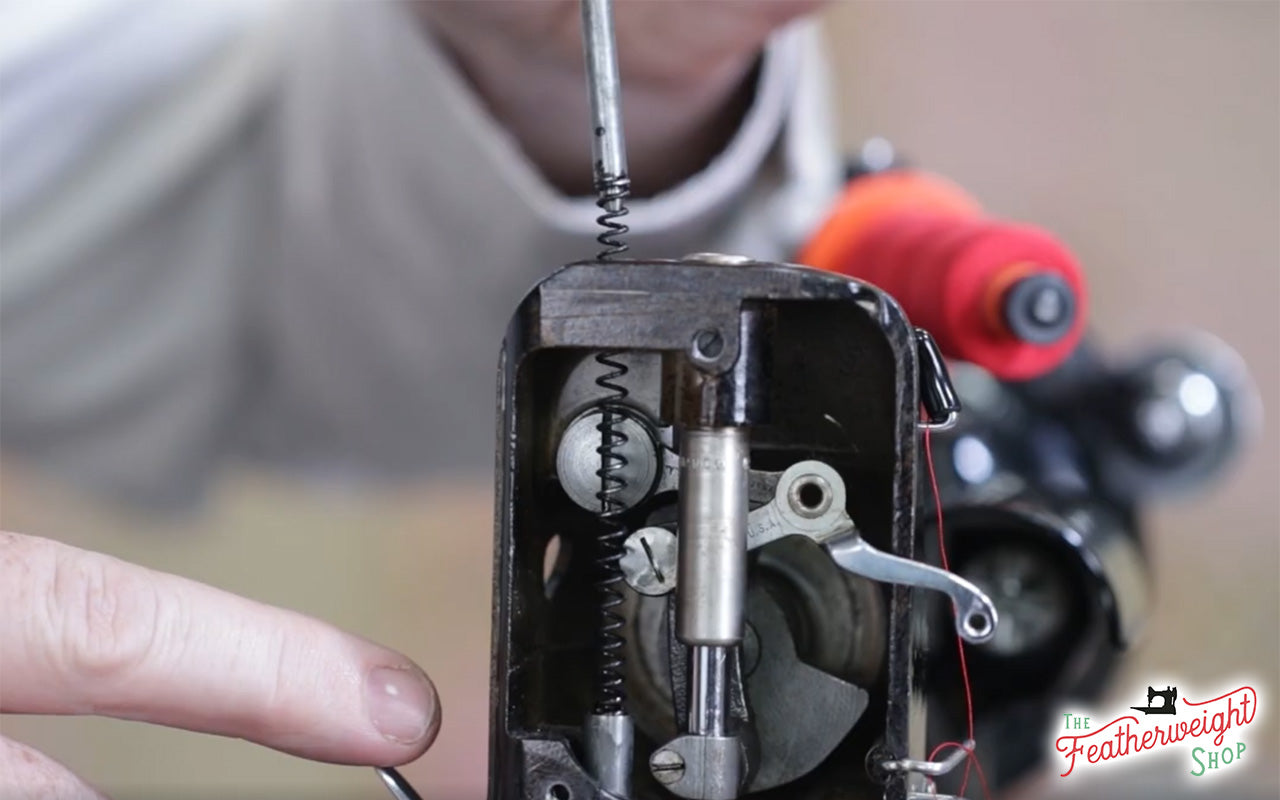
Presser Foot Pressure Adjustment
Today we are going to be addressing the presser foot pressure, or downward force on the presser foot. Parts Discussed: Presser Foot Presser Bar Presser Bar Spring Presser Bar & Spring (for white Featherweights only) Pressure Knob Singer 221 Feed Dogs Throat Plate Hook Assembly Featherweigh...
Read More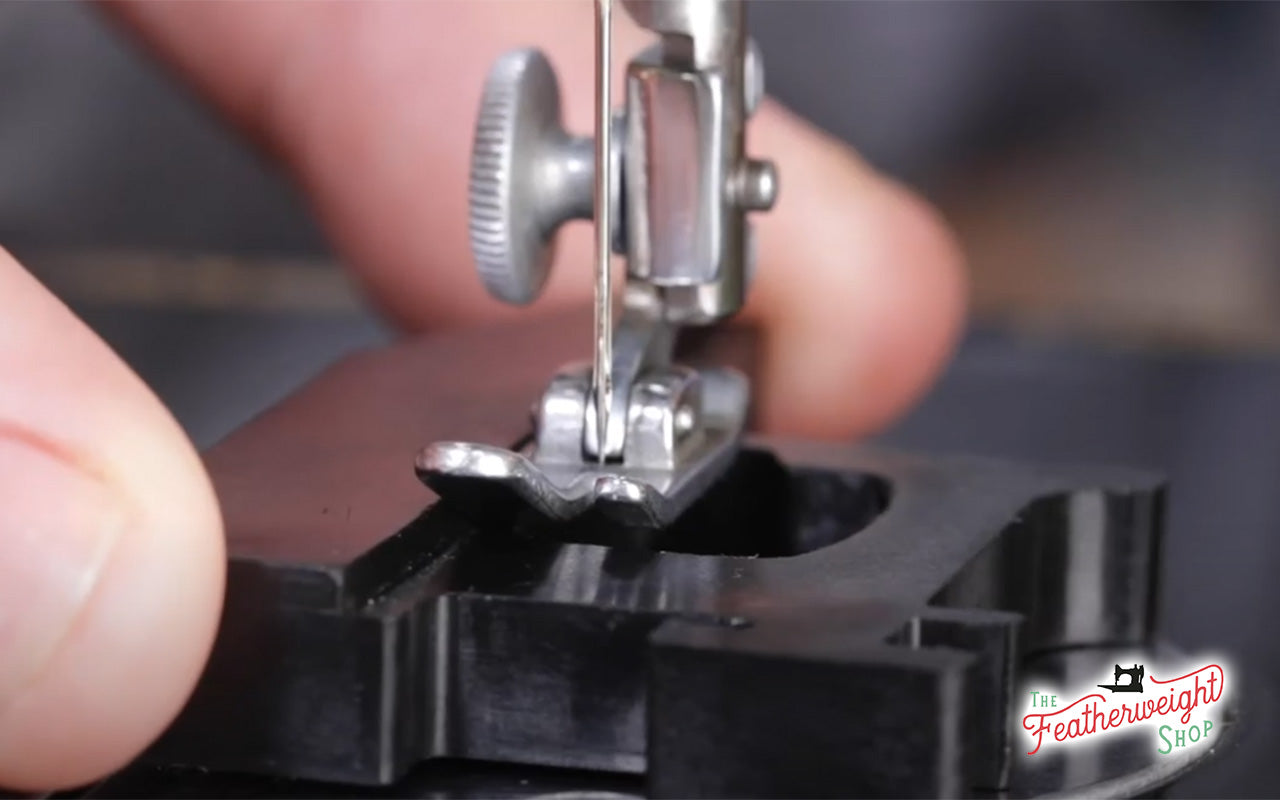
Presser Foot Height Adjustment and Alignment
Is the presser foot misaligned? Is the fabric swimming or wandering under the presser foot? Are their skipped stitches when sewing over thick seams? Then this tutorial will help with troubleshooting these common problems. In a previous tutorial we showed how to properly adjust the actual pre...
Read More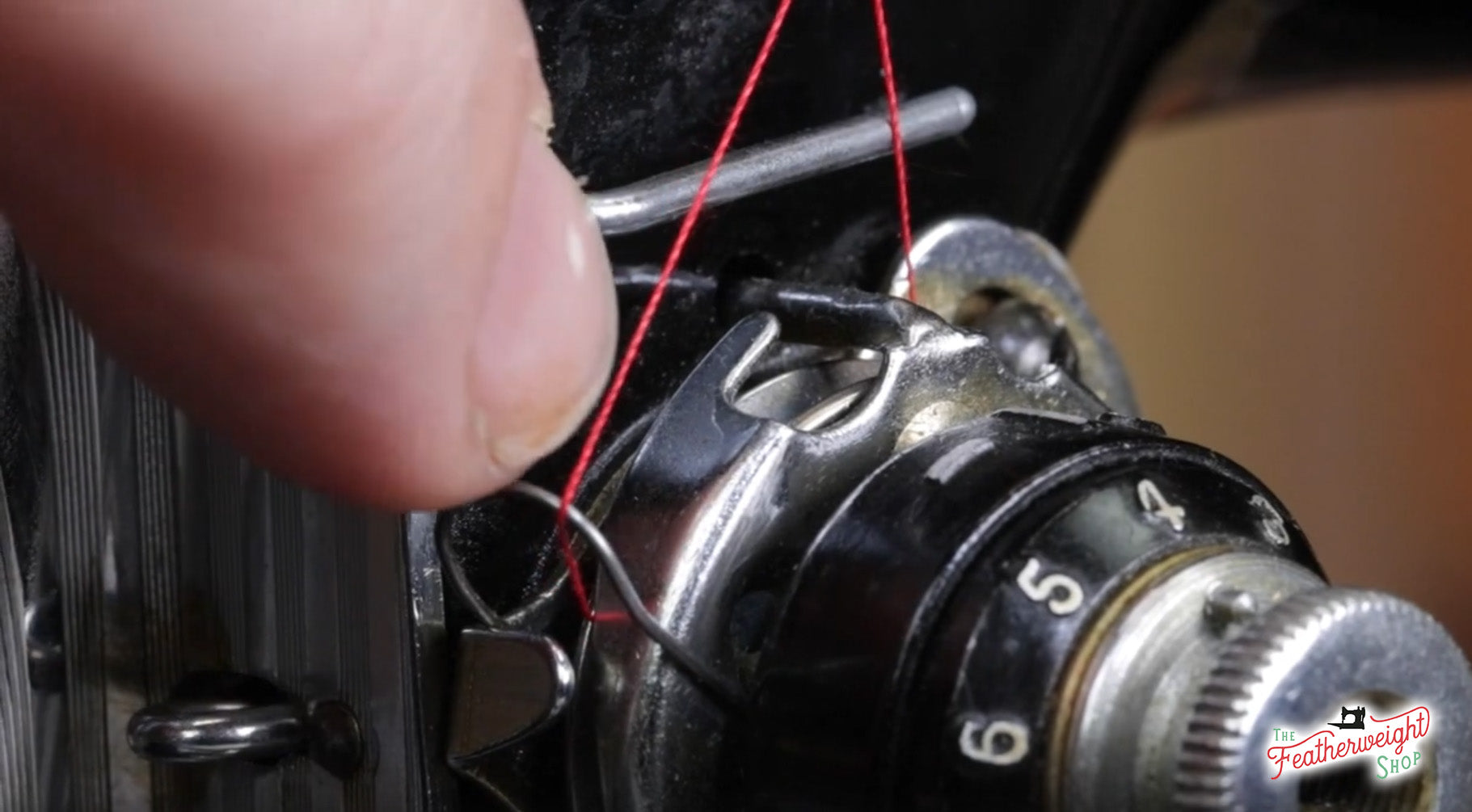
Learning to identify the thread path following a routine servicing and maintenance will help diagnose initial stitch tension inconsistencies and give confidence about learning to service a Singer Featherweight further. Parts Mentioned or Used: Tension Unit Tension Disks Upper Tension Take-Up S...
Read More
